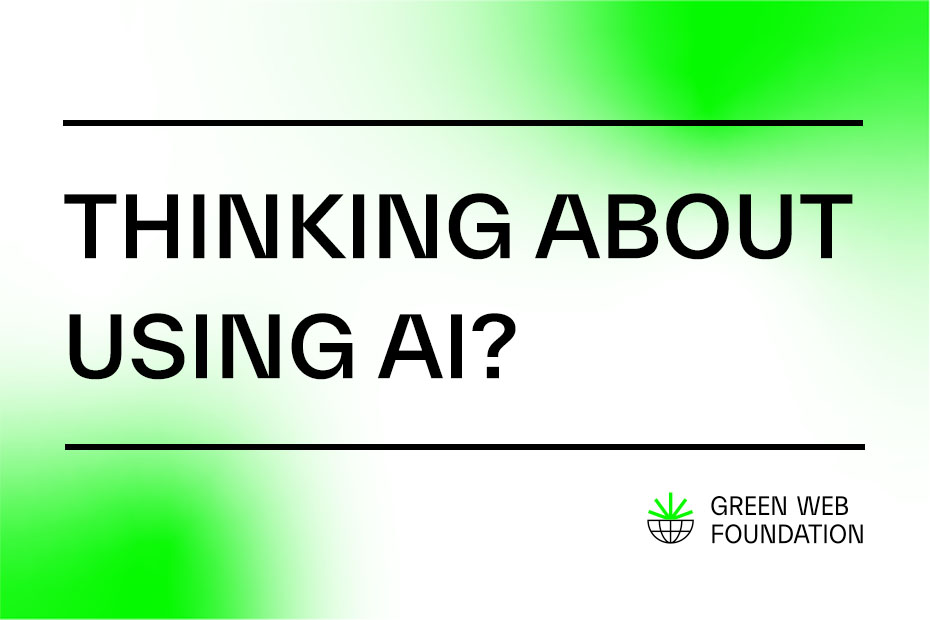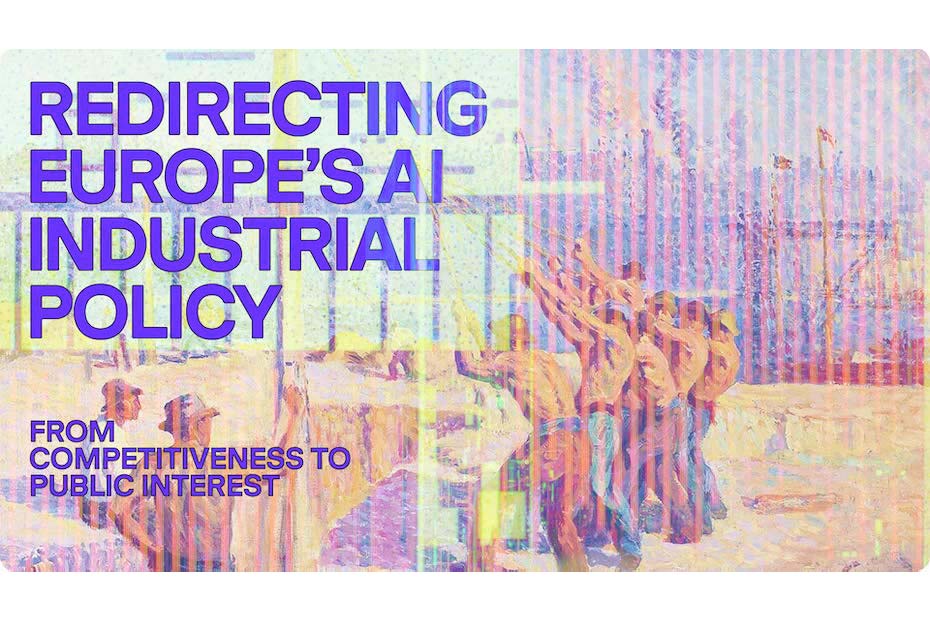An interview with Tom Greenwood from Wholegrain Digital in London.
Tom, congratulations on the release of your new book Sustainable Web Design! Great that you are willing to answer some of our questions here. Let’s start with at the beginning: when and why did you come up with the need for this book?
It has been in my head for a few years as our team has been getting deeper and deeper into web sustainability. I became acutely aware of the paradox that on the one hand the digital sector is always looking to the future and on the other hand, sustainability is almost never mentioned. There seemed to be a blind faith that digital technology is at best good for the environment (which it can be), or at worst has no environmental impact at all. And yet digital technology is one of the fastest growing sectors in terms of energy consumption globally with no sign of slowing down.
So the book project started in mid-2019 as a way to help raise awareness and establish sustainability as a topic that the web design community takes seriously.
What would you describe as the main difference between other well-known books in this field, like for instance Designing for Sustainability by Tim Frick?
Firstly, Tim’s book is excellent and I highly recommend it. There are a few key differences but I think the main thing is that by virtue of having written this a few years later, I have been able to introduce examples, tools and actions that were not available before. I wrote my book with A Book Apart, who specialise in concise books to introduce topics, so it’s also a fairly quick read to get people started on their journey.
Another good book is Gerry McGovern’s World Wide Waste, which looks at the big picture of waste across the spectrum of the digital sector to highlight the scale of the problem, whereas my book is specifically focussed on web design and written for people working on web design and development projects.
I know you have been doing a lot of work to help create more light-weight open-source WordPress-themes, could you tell a bit more about that and explain how that aspect features in your book?
Yes, so WordPress is the world’s most popular content management system and has many great qualities, but it is not inherently very energy efficient. This is partly by virtue of it being a dynamic CMS, and partly due to the huge ecosystem of themes are plugins, that are great at delivering functionality, but can lead to bloated websites if you’re not careful.
So our team at Wholegrain have spent the last few years exploring opportunities to squeeze ever higher amounts of efficiency out of WordPress, through a combination of a well optimised hosting platform, super optimized code, and highly optimized assets. Our open source development framework called Granola is structured in a way that makes efficient, modular development easier, and has build tools designed to ensure everything is as optimised as possible. It is the basis for everything that we build for our clients, and is available for anyone else to use in their projects too.
In my book, I look at a range of practical actions that can be taken in design, development and hosting of websites to make them more energy efficient, not just for WordPress but for any web platform.
Wholegrain Digital is a member of the B Corp community. How much awareness is there in the community about the impact of (non)sustainable web design?
Very little, but it is growing. B Corps is an amazing community full of people who are genuinely passionate about using business as a force for good and there are many really pioneering companies pushing boundaries in sustainable business. However, like the rest of society and even the digital sector, digital sustainability has been something that most people still don’t know is an issue.
This is illustrated quite nicely in EcoPing’s B Corp league table for digital sustainability. It is only a small snapshot of the total B Corp community, but it highlights how even companies committed to sustainable practices are often unaware of their digital impact. That is starting to change and we are seeing a lot more discussion about it in the community recently, which is encouraging.
Do you expect it will become a criterion in the future that will bring extra or even necessary marks in order to be able to cross the application threshold for membership of B Corp?
That would be my hope. The B Impact Assessment (BIA) is very rigorous, but that rigour means that it can be slow to adapt to new criteria. We have been gently nudging B Lab, the non-profit behind the B Corp certification process, to include digital sustainability. It hasn’t happened yet, but I’m hopeful that it is just a matter of time.
That said, at Wholegrain we have led the way in trying to quantify website emissions, through our tool Website Carbon, as well as more tailored variants of it that we can use in-house. This has enabled us to benchmark environmental performance of websites and demonstrate reduced impact, which we do now score points for in the BIA under the product and services section.
Let’s wrap up with one final question about the last chapter of your book. Would you be willing to explain how you see that climate change will impact the internet itself?
Yes, I think it is important that we don’t just think about how the internet impacts the environment, but also how the environment impacts the internet. Our societies are increasingly dependent on web based services and while that can have many benefits, it also creates a vulnerability.
Extreme weather events such as wildfires and hurricanes are already far more common than a few decades ago and this will continue to intensify, yet it is during these disasters that we need the internet more than ever, for communication and information. Designing web services to maximise resilience to these types of events can help ensure that web services are available at the times when people need them the most.
There is also a wider set of climate change related risks to the infrastructure of the web too. Data center energy consumption is heavily impacted by cooling demand, which will only increase in a warming climate, while many of the world’s major data hubs and networks are in areas at risk of coastal flooding in years to come as sea levels rise.
Once again, as an industry that spends so much time looking to the future, we need to also look ahead and see the risks presented by climate change so that we can manage them proactively.
Tom, thank you very much for your time, and we hope with you that book will inspire people to rethink their digital strategies in the light of speed, efficiency and Climate change!
René Post, co-founder The Green Web Foundation



